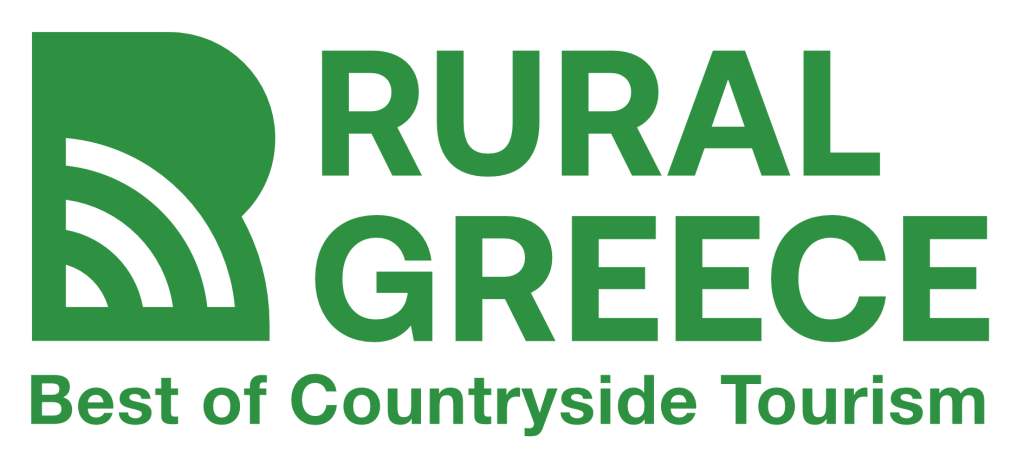Title – Name
Dry Stone Route GR 221
Scope / Sector / Industry
Hiking Tourism Routes
Country / Region
Spain, Mallorca
Why is it good practice?
The “Dry Stone Route GR 221” in Mallorca serves as an interesting example of sustainable tourism management and addressing the negative impacts that tourism has had on the island. Recognizing the degradation of the natural environment and landscape caused by mass tourism, especially during the summer, the local managing authority, the Council of Mallorca, began designing and implementing a series of actions aimed at ensuring sustainability.
How is it applied?
Mallorca is one of the most tourist-heavy islands in the Mediterranean, receiving over 14 million visitors annually. Although its economy relies primarily on tourism, the environmental impacts of mass tourism are significantly visible.
Before the Covid-19 pandemic, traffic issues on the island heavily concerned the local population due to congestion problems affecting major regional and interurban transport routes. Most travel on the island was by road, with excessive use of private cars reaching a ratio of 895 cars per 1,000 inhabitants in 2019, including a large number of rental vehicles estimated at 70,000. The massive use of private vehicles and the resulting problems (carbon footprint, congestion, air quality, noise pollution, and safety) significantly affected the island’s image.
Therefore, the Council of Mallorca, through various actions, strategically addressed these challenges by focusing on promoting its rich natural and cultural heritage. In this context, in 2004, they developed the Spatial Plan of Mallorca, which serves as the main tool for spatial planning and management of the island. This plan resulted from a period during which the island’s economic model was based on sun-and-sea tourism. As this model was deemed outdated and environmentally harmful, it was considered necessary to design a strategy focusing on extending the tourism season, economic diversification, and revitalizing tourist areas, laying the foundations for a new spatial model that would improve residents’ quality of life, achieve socio-economic development, rational use of natural resources, and environmental protection.
The plan included proposals for improving transport infrastructure and connectivity and promoting sustainable mobility, closely linked with tourism (development of intermodality for access to ports and airports, promotion of transport modes such as trains and buses, ensuring environmentally friendly accessibility for all). Specifically, it included the design and implementation of the road system in terms of sustainability and the creation of a network of tourist roads.
Simultaneously, the plan laid the foundations for new forms of economic activity, promoting sustainable tourism activities and enhancing the promotion of less developed but highly potential areas such as rural regions. In this framework, it foresaw the creation of long-distance hiking trails, offering a new tourist experience connected to slow tourism. These trails aimed to enhance the cultural value of the involved areas and help regional cohesion and economic stimulation. These routes are not exclusive, as any municipal/supra-municipal planning can propose new ones.
While the plan brought changes to the area, it was deemed necessary to be updated and further developed to cover issues more comprehensively:
A.Accessibility
This concerns infrastructure that is accessible to all. Facilitating access to the natural environment for people with physical disabilities and adapting routes and related facilities was deemed important for the island to become an accessible tourist destination for everyone.
B. Sustainable Mobility
This pertains to responsible mobility projects on the island, including the use of public transportation, replacing gasoline with biogas in the public bus fleet, and imposing restrictions on car rental companies. The central administration’s goal is to reduce private car usage from 54% to 34% by 2025 and increase public transportation usage from 10% to 15%.
C. Responsible Travel
This includes promoting a new form of tourism that focuses more on the cultural and natural values of the island, aiming to extend the tourism season, contribute to economic diversification, and revitalize tourist areas.
As part of the implementation of the Mallorca Spatial Plan and similar initiatives by the Council, the following have been created:
- The Dry Stone Route GR 221: This includes 8 hiking proposals and 7 variations. A map and a special informational brochure provide all necessary information about the routes and services offered in each area.
- The Artà-Lluc GR222 Route: This includes 5 trails and one variation, although its design is not yet complete.
- The Route in Sa Dragonera Natural Park: This is a small island off Mallorca, accessible only by sea. It offers 4 trails with informational signs at each point of interest.
- 8 refuges managed by the Council of Mallorca: These provide a limited number of beds in dormitories, food, and other amenities.
- A guide with 14 hiking route proposals: Suitable for families, with relevant information concerning the routes and visitor safety.
The Dry Stone Route GR 221 is the most important hiking route, crossing the Serra de Tramuntana. This mountain range in the northwest of the island was declared a UNESCO World Heritage Site in 2011 and is filled with cultural monuments, natural landscapes, and picturesque villages. The route gets its name from the construction method used, which involves placing stones precisely on top of each other without using cement. The route follows the old mountain paths of the area, allowing the discovery of landscapes built with the dry stone technique.
In 2015, the Dry Stone Route GR 221 was equipped with a spatial planning tool for its creation and management, the Special Management and Protection Plan for the Dry Stone Route. According to this plan, the route is expected to be 300 kilometers long and is structured into trails and their variations. These variations are alternative routes or access points to the main route from other towns in the Serra de Tramuntana.
Some actions undertaken by the Council of Mallorca towards developing accessible paths on the Dry Stone Route GR 221 include:
- Adapting a route connected to the Dry Stone Route GR 221 to ensure comfortable movement for people with reduced mobility accompanied by someone and enabling passage for a person in a Joëlette chair. This included vegetation clearing and pavement adaptation, primarily leveling work.
- Improving the pavement of a section of the route, creating a walking line on the side of a road with vehicle traffic (speed up to 20 km/h).
- Enhancing informational and warning signage by increasing the number and size of signs.
- Improving building access with ramps for people with disabilities.
- Improving accessibility to provided information methods (e.g., information screens, maps, information boards, or location models in tactile systems).
- Establishing bus stops to improve the route’s connectivity.
- Replacing buses with new, less polluting, and accessible ones for people with disabilities.
Where is it applied?
The Dry Stone Route GR 221 is open to all visitors, particularly hiking and outdoor activity enthusiasts.
When did it applied?
The Mallorca Spatial Plan, which included creating the Dry Stone Route GR 221, was established in 2004.
Results
Today, hiking activities and visits to the Dry Stone Route GR 221 have increased significantly, making it one of the main attractions for visitors coming to Mallorca in spring and autumn. During this time, rural, coastal, and mountain landscapes, local culture, and gastronomy become the main attractions instead of beaches.
Other Information
The Department of Environment, Countryside, and Sports of the Council of Mallorca is responsible for maintaining the island’s natural and landscaped environment. Public paths, hiking routes, refuges, natural parks, and marine heritage are overseen by the Department. In managing the trail network, the Council of Mallorca has participated in several European cross-border cooperation programs to develop new actions, such as the DESTI-SMART European project, which included actions related to the Dry Stone Route GR 221 and addressed universal accessibility, mobility, and responsible transport in line with sustainable tourism development policies.
In cooperation with the Accessibility and Promotion of Rights Department at the Institute of Social Affairs of Mallorca, actions were implemented to ensure and promote accessible hiking activities in natural and mountainous areas for people with disabilities.
Additionally, to preserve and appreciate the dry stone heritage, a non-profit association was established in 2018 by European partners (Cyprus, Spain, France, Greece, Italy, and the United Kingdom) to create a cultural route at the European level to promote dry stone rural landscapes and integrate them into the UNESCO Intangible Cultural Heritage list. The international association “European Dry Stone Network” and the “European Dry Stone Heritage Route” project is based on the idea that walking through dry stone landscapes, experiencing them, and feeling part of them is key to their preservation. The association aims to promote discovery tours, activities for children and youth, education, exchanges among dry stone builders, research activities, and the involvement of local communities as a living part of the heritage.
Official site of Dry Stone Route GR 221: https://caminsdepedra.conselldemallorca.es/ruta-pedra-en-sec-gr-221




